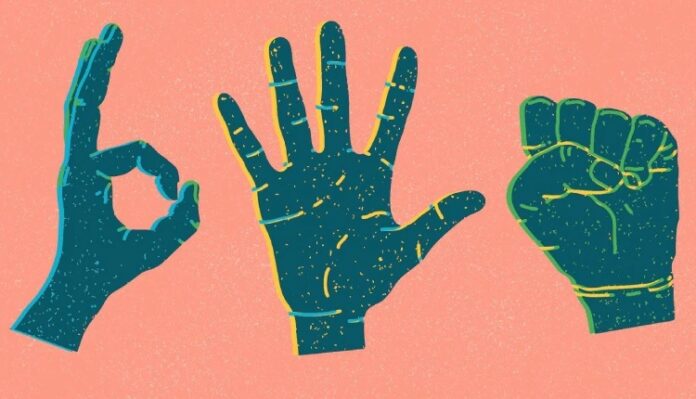For millions of people around the world, typing is an essential component of daily life. Although some of us type without ever experiencing any discomfort, prolonged typing sessions can cause significant fatigue and even pain in the fingers.
Are there any exercises, techniques, or remedies that we can use on our fingers to prevent and relieve pain and fatigue? Yes! There are efficient finger exercises to relieve the pain brought on by prolonged typing. And we’ll be looking at them in this blog.
Simple exercises for fingers to be recharged:
Basic Finger Stretch Exercise
Put your hand down on a desk or another flat surface with the palm facing up. With care and without straining your joints, gently flatten your fingers as close to the ground as you can. Release after 30 to 60 seconds of holding. Continue with each hand at least four times. Your fingers won’t feel as tired after doing this finger exercise after a long day of work.
Claw Stretch Exercise
Another method of stretching is to stretch while opening your fist. And then close it as if you were going to punch. Repeat as necessary. Alternatively, instead of clenching your entire hand into a fist, bend your fingers and maintain an open palm that faces inward. If you do these claw stretches regularly, they will be extremely beneficial.
Finkelstein Stretch Exercise
For this exercise, all you have to do is reach out your hand as if shaking someone’s hand in greeting. Afterwards, lower your thumb until it is pointing downward and towards the ground. Bend your wrist towards the ground while squeezing the remaining fingers together. For 10 to 15 seconds, maintain this posture before switching hands. You will feel pressure on your thumb as well as the side of your wrist.
Pinch Strengthener Exercise
Your thumb and finger muscles will benefit from this exercise. You may find it easier to use pumps, turnkeys and open food packages with it. Keep your thumb and fingertips together while holding a soft foam ball or some putty. Hold for between 30 and 60 seconds. On both hands, repeat ten to fifteen times. Perform this exercise two to three times per week, but give your hands a 48-hour break in between sessions. If your thumb joint is damaged, do not perform this exercise.
Finger Pulling Exercise
Your fingers may become stiff from typing for extended periods of time. Pulling gently on your fingers to loosen up some of that stiffness is one of the most basic methods to deal with that. Be careful not to pull so hard that your knuckles become sore when you pull on your fingers.
Finger Lift Exercise
To help your fingers move more freely and are more flexible, try this exercise. On a table or other surface, place your hand flat with the palm facing down. One finger at a time, gently raise it off the surface and then bring it back down. You can also raise your thumb and all of your fingers at once, then bring them all back down. Do this eight to twelve times for each hand.
Thumb Extension Exercise
You can pick up and lift heavy objects like cans and bottles by strengthening the muscle groups in your thumbs. On a table, place your hand flat. At the base of your finger joints, secure a rubber band around your hand. Spread your fingers as far as you can while gently separating your thumb from them. Release after holding for between 30 and 60 seconds. Use both hands to go over 10 to 15 times. This exercise can be done two to three times per week, with a 48-hour break in between.
Thumb Touch Exercise
The range of motion you have in your thumbs is improved by doing this exercise. This is beneficial when performing actions like picking up your toothbrush, fork and spoons, and pens when you write. Straightening the wrist, extend your hand in front of you. One at a time, gently press your thumb against each of your four fingertips to form the letter “O.” Spend 30 to 60 seconds holding each stretch. Perform on each hand at least four times.
Before beginning your next task, keep in mind these exercises to ease some of that discomfort. Even better, you can perform the exercises while taking a break from your current task.


